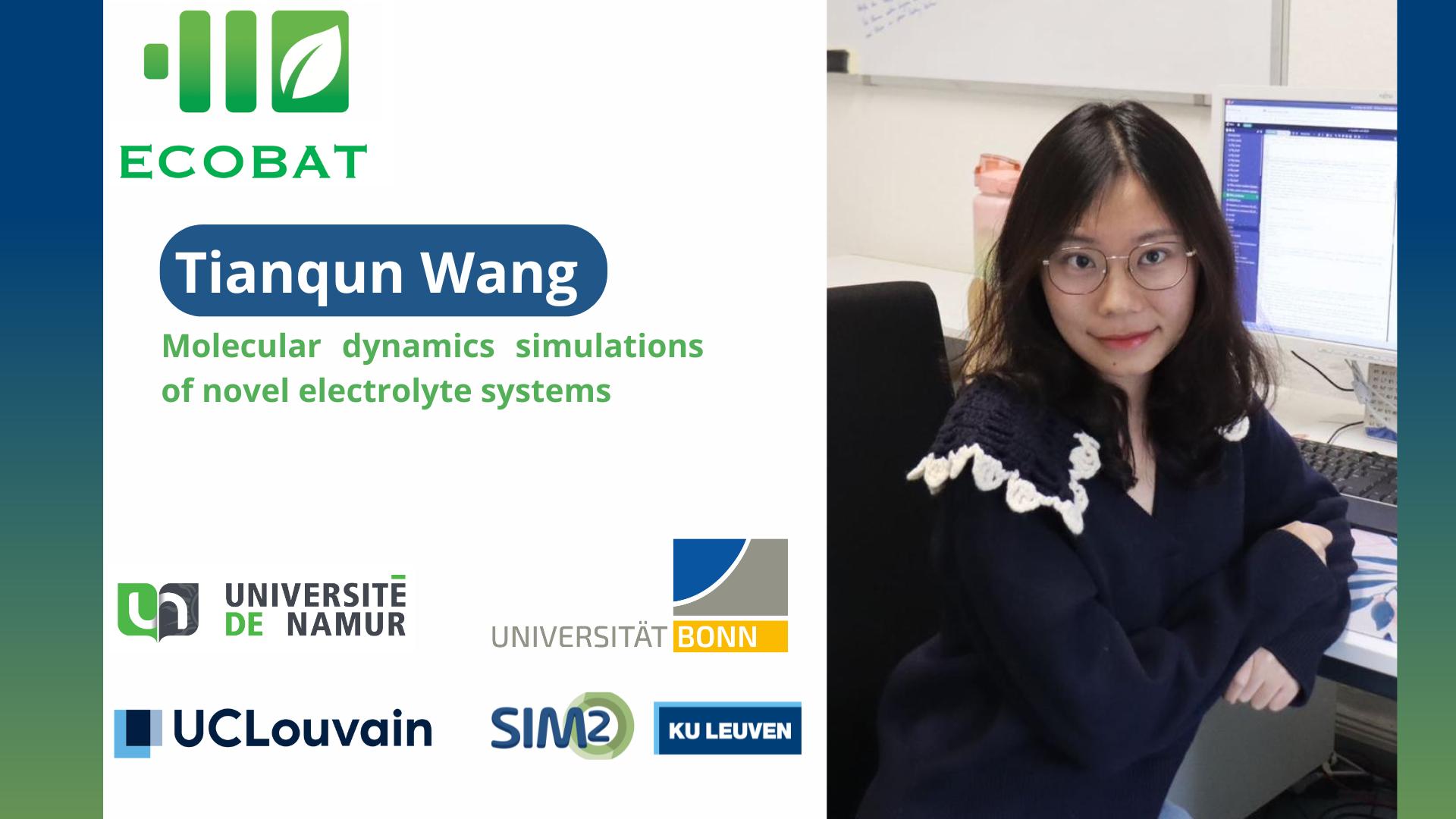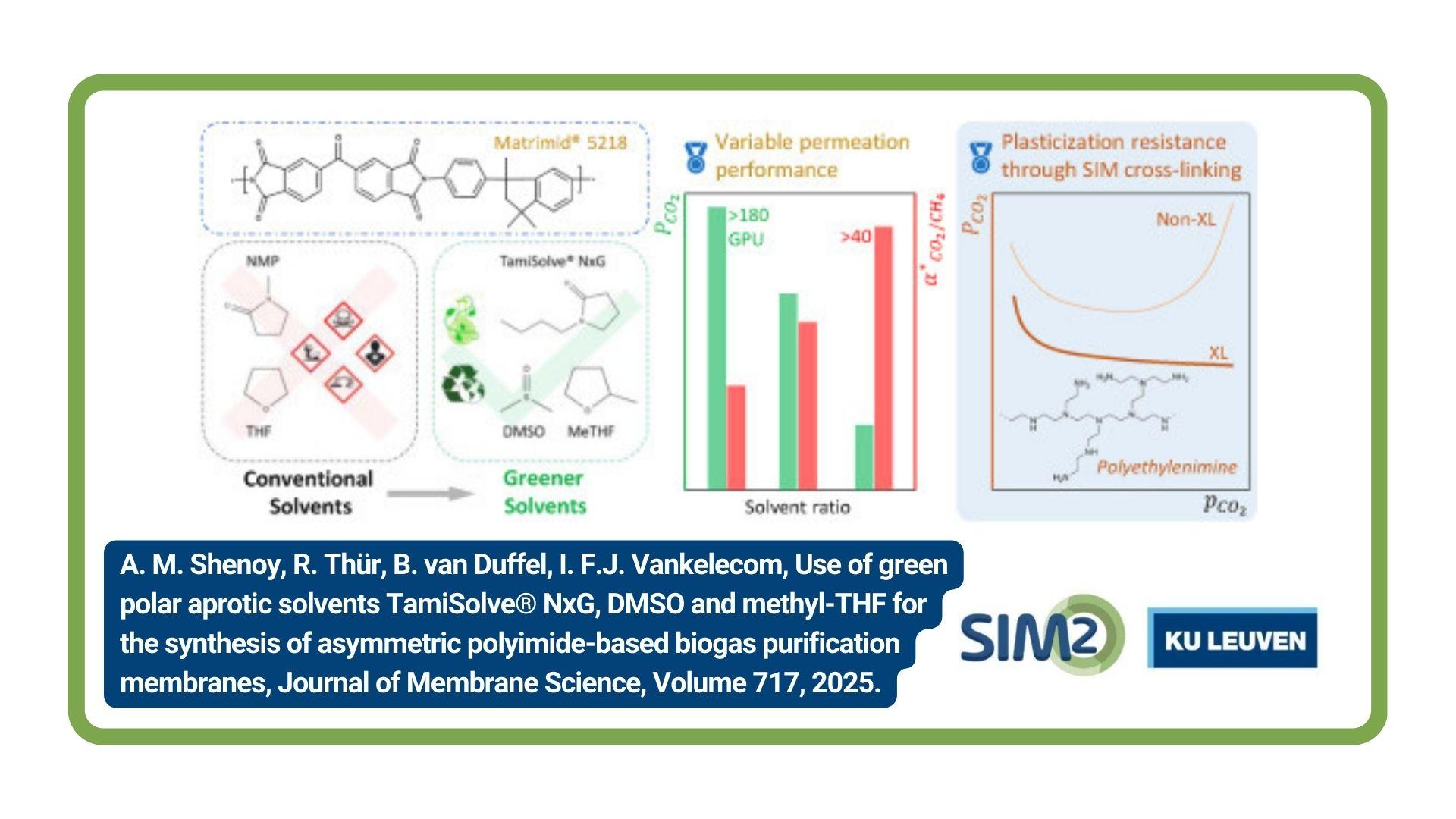Electric mobility is emerging as a major market segment for rechargeable batteries. Therefore, Europe is witnessing an unprecedented demand for battery raw materials, such as lithium, nickel, cobalt, copper, and graphite. For that reason, accurate forecasts for raw materials future demand, as well as their stockpiling in vehicles and stationary energy storage applications, and eventual availability for recycling are vital information for several actors in the European battery value chain. Therefore, researchers from the Life Cycle Engineering (LCE) research group and SIM² – KU Leuven developed in the framework of the SiDrive H2020 project (https://sidrive2020.eu/) a dynamic model to forecast the flow of vehicle batteries through the different lifecycle stages providing valuable insights on the degree that different factors influence the waste stream recycling potential and the contribution of secondary supply to future demands. The work was published in Waste Management.
Exploratory sales scenarios
Several R&D projects across the globe are working on the development of novel battery technologies that are well suited for electric mobility. The new battery technologies are at different TRL levels and future raw material demands will depend on the commercialisation dates of these technologies. Thus, the authors build exploratory sales scenarios for the share of battery technologies in future sales.
New forecasting model and novel sensitivity analysis framework
The authors present a new forecasting model where the battery lifetime is modelled by two independent parametric distributions for vehicle use and second use, for example in residential energy storage units. Then, Monte Carlo simulations are used to evaluate the likelihood of secondary material availability or oversupply. Finally, the sobol sensitivity analysis is used to attribute the variance in estimates for the waste stream recycling potential to the model’s input variables.
Study results
Scenario results suggest that the battery recycling market size will be one third of the sales in 2040 and that batteries from electrical vehicles can provide 10% of the European grid storage capacity demands.
On the one hand, baseline scenarios forecast that recycled material may match 50% of the sector’s demand for nickel, graphite, and cobalt, and 20% for lithium and copper. On the other hand, scenarios considering the early commercialisation of cobalt-free technologies forecast an excess supply of recycled nickel, cobalt, and graphite, whereas these materials could also find applications in other European sectors.
The sobol sensitivity analysis indicates that the share of novel battery technologies in future sales is to have the strongest influence on the waste stream recycling potential, followed by the battery lifetime in vehicle use and the market size of second use of vehicle batteries.
Further investigations on opportunities of open-loop recycling of battery materials indicate that for nickel, cobalt, copper, and graphite, other applications could be found when closed-loop recycling for reapplication in batteries proves to be technically infeasible or not economically viable.
However, for lithium the demand by other market segments is minimal, whereas the demand for the electric mobility segment is expected to continue to grow. Hence, the large-scale lithium recycling has, due to the forecasted growing demand, a significant potential to increase the sustainability of battery production. However, this is only valid if lithium can be recycled in a closed loop for reapplication in batteries.
Full reference of paper
Abdelbaky, M., Peeters, J., & Dewulf, W. (2021). On the influence of second use, future battery technologies, and battery lifetime on the maximum recycled content of future electric vehicle batteries in Europe. Waste Management, 125, 1-9. https://doi.org/10.1016/j.wasman.2021.02.032
LCE research group
Website: https://www.mech.kuleuven.be/en/research/LCE






